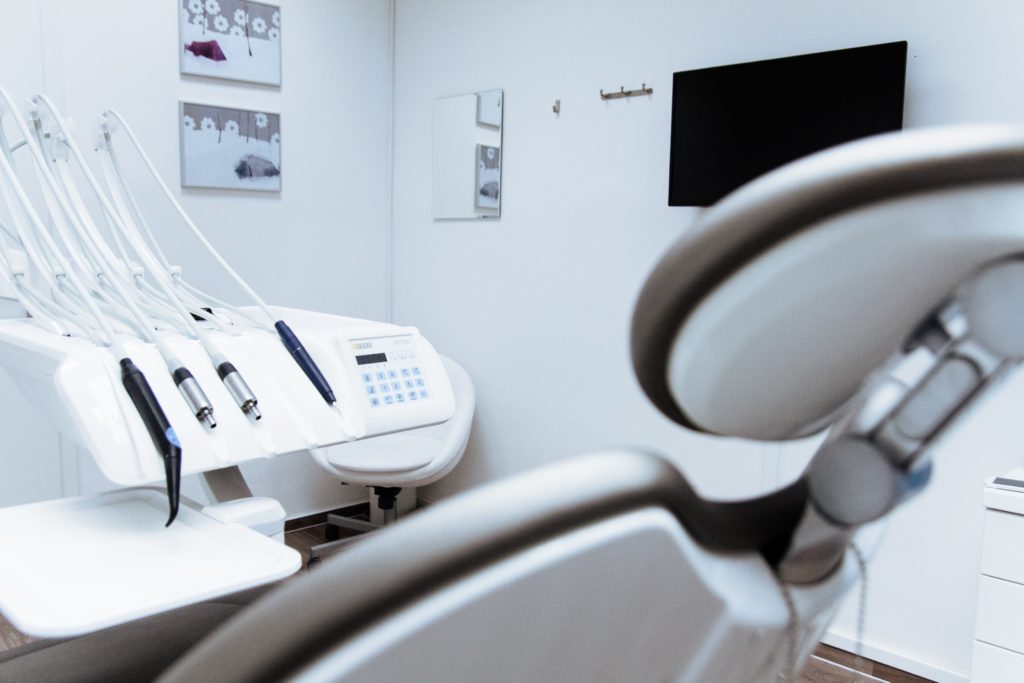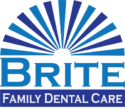

If you have a severely damaged tooth, your dentist may recommend having the tooth removed, or extracted. Tooth extraction most often is used when a patient has a tooth that is too badly damaged, from trauma or decay, to be repaired using fillings, crowns or another form of treatment.
Other reasons why you may need to have a tooth pulled include:
- A crowded mouth (to prepare the mouth for braces or orthodontic work)
- Infection (tooth decay that extends to the pulp of the tooth)
- A risk of infection (most often due to a compromised immune system)
- Periodontal disease/gum disease (an infection that can cause loosening of the teeth)
What to Expect When Having a Tooth Removed
When removing a tooth, your dentist will take the following steps:
- Your dentist will inject a local anesthetic to numb the area where the tooth will be removed. If you are having more than one tooth pulled or if a tooth is impacted, your dentist may use a strong general anesthetic.
- If the tooth is impacted, the dentist will cut away gum and bone tissue that cover the tooth and then grasp the tooth and gently rock it back and forth to loosen it from the jaw bone and ligaments that hold it in place. A tooth that is hard to pull may need to be removed in pieces.
- The dentist will pack a gauze pad into the socket (the place where the tooth has been removed) and have you bite down on it to help stop the blood clot that will likely form there after tooth removal. The dentist may also use stitches to close the gum edges over the extraction site. These stitches usually dissolve on their own.
- If the blood clot breaks loose, the dentist may place a sedative dressing over the socket for a few days to protect it as a new clot forms.
- To manage pain after the extraction, your dentist will likely prescribe painkillers and recommend resting for the next few days.

After Getting a Tooth Pulled
After having a tooth removed, patients are instructed to bite firmly on the gauze pad placed by their dentist to reduce bleeding and allow a clot to form in the tooth socket. Gauze pads should be changed before they become soaked with blood.
Patients who have a tooth removed are recommended to stick with softer foods on the day of and days after having a tooth removed. Applying ice is also recommended to minimize swelling. Your dentist will tell you the necessary steps to take and what to avoid after having a tooth pulled.
Tooth extraction is a very safe procedure and can greatly improve a patient’s quality of life, particularly those suffering from an infection or otherwise painful tooth. Your dentist will work with you to determine if tooth removal is the best treatment for you.
